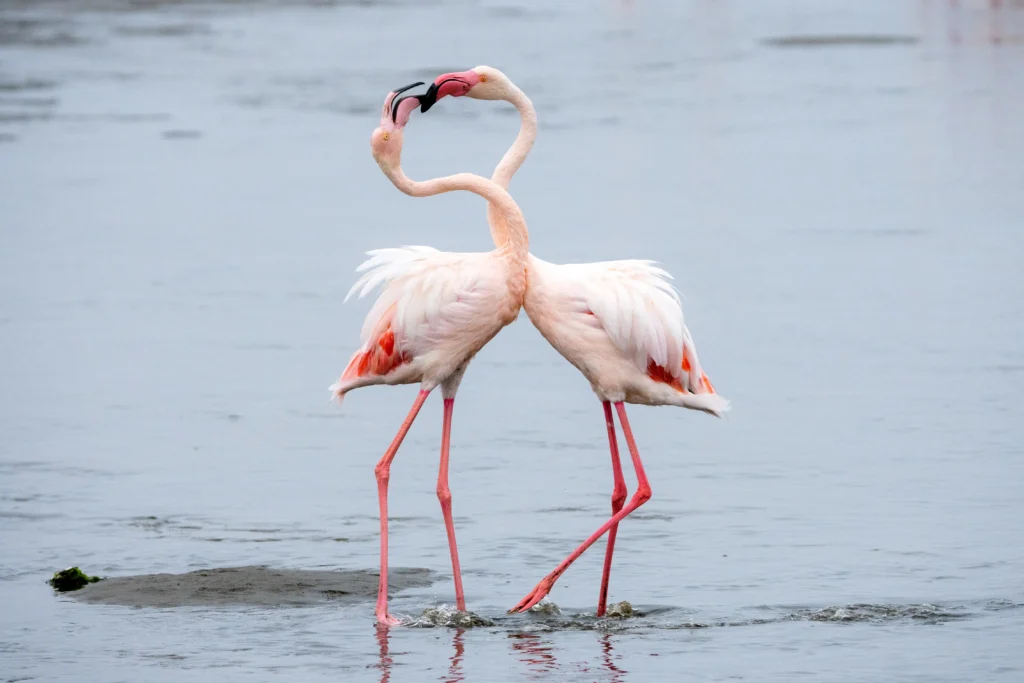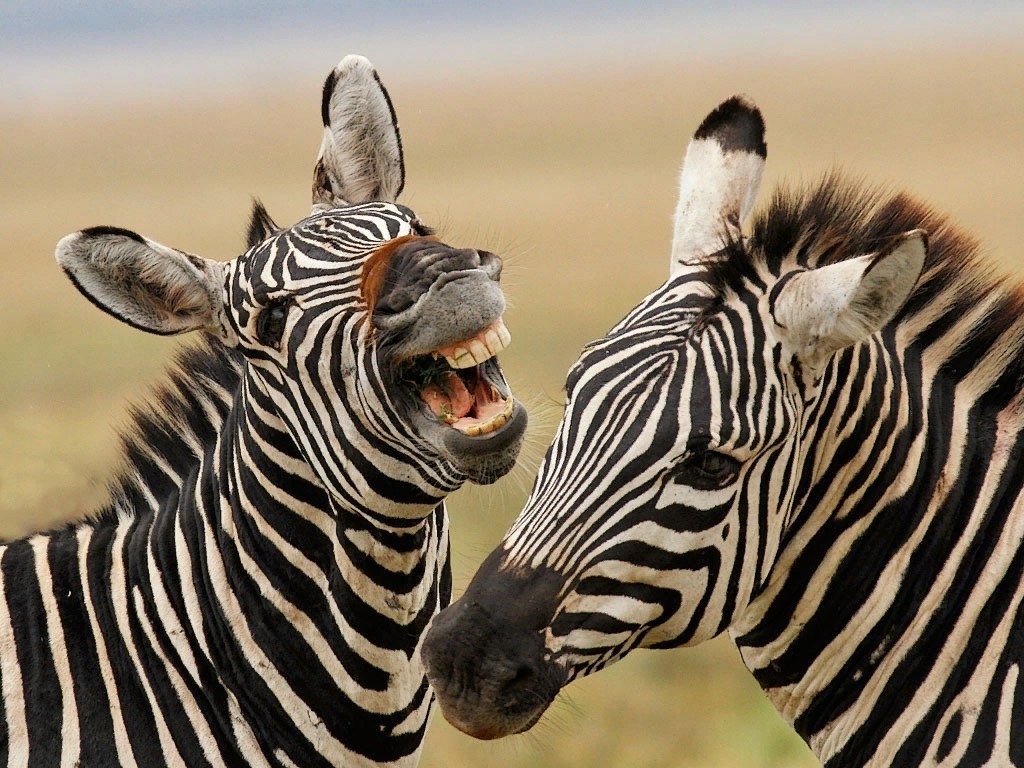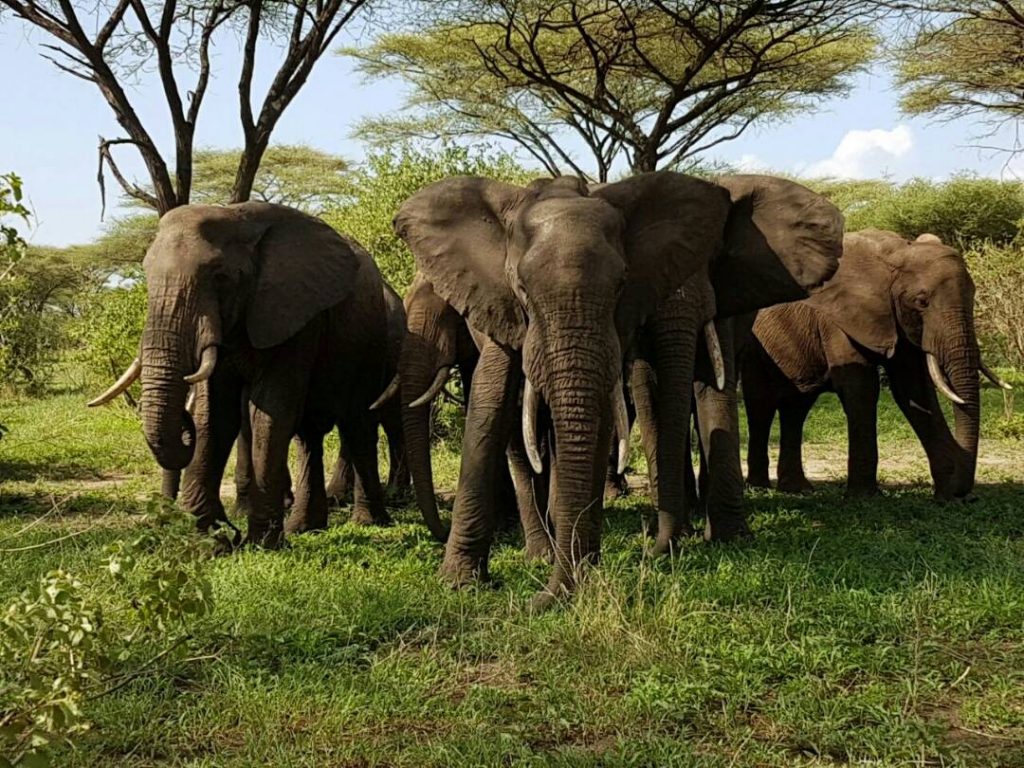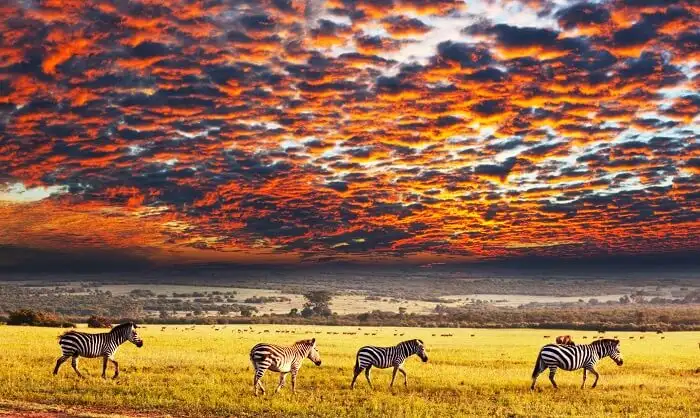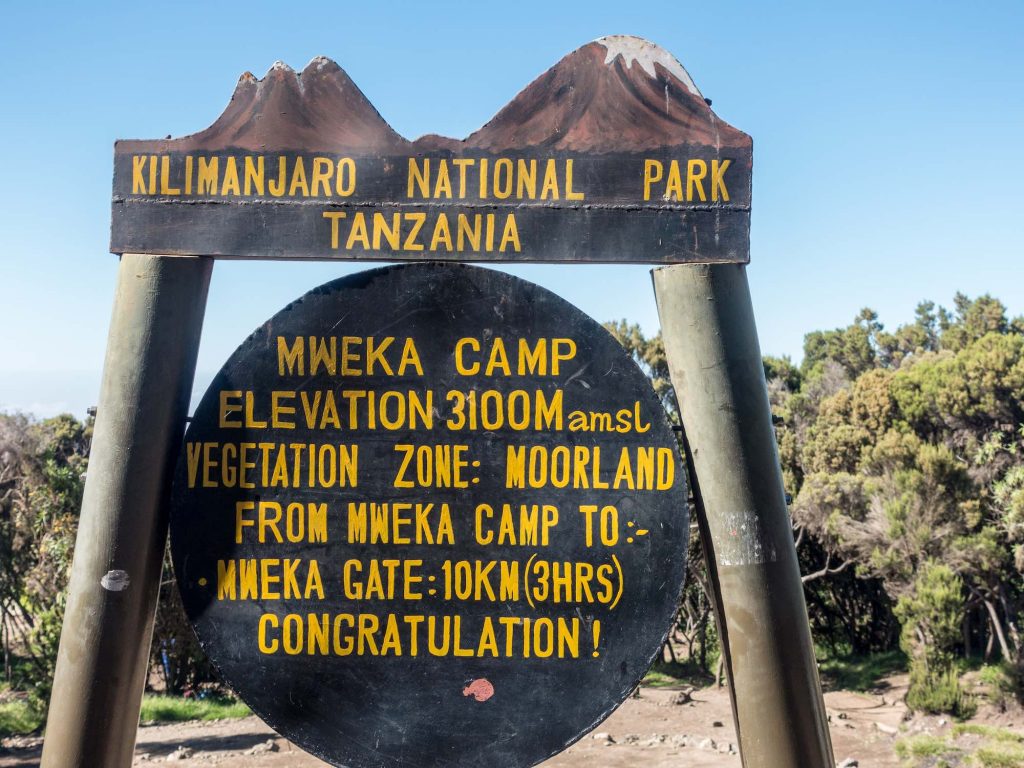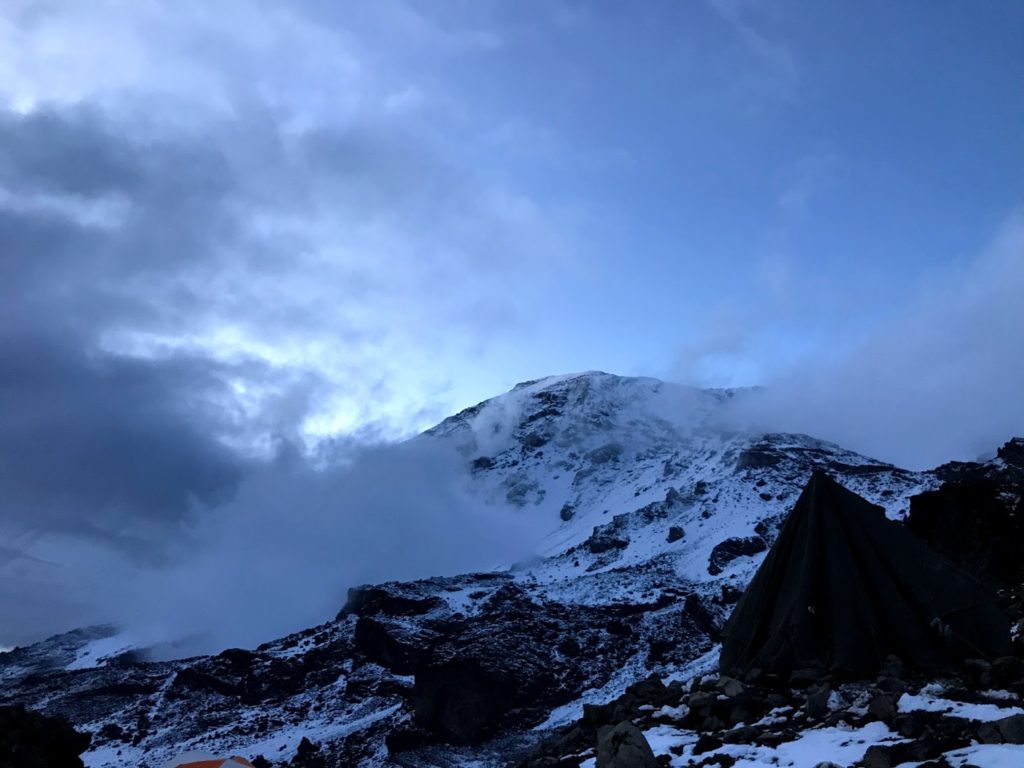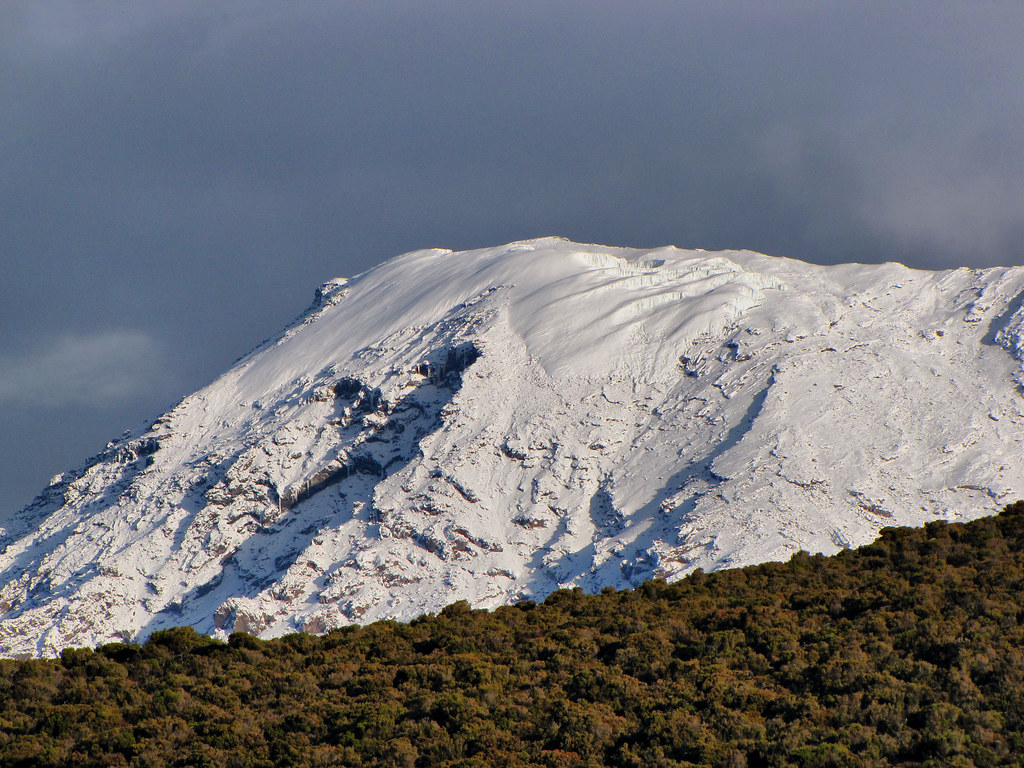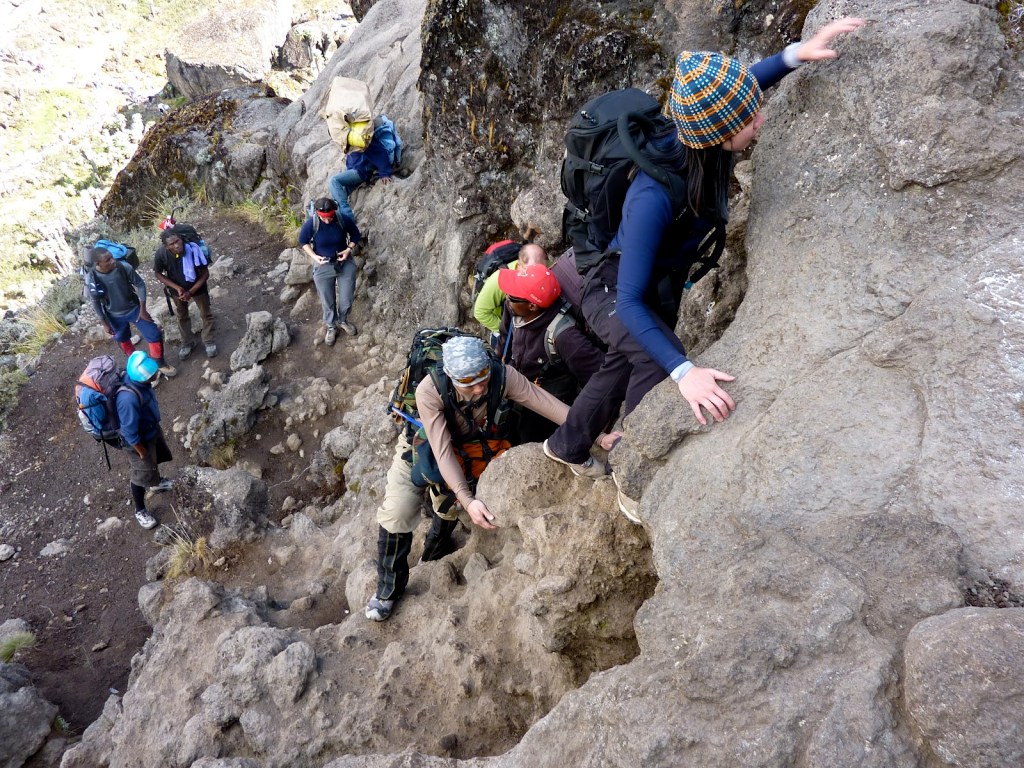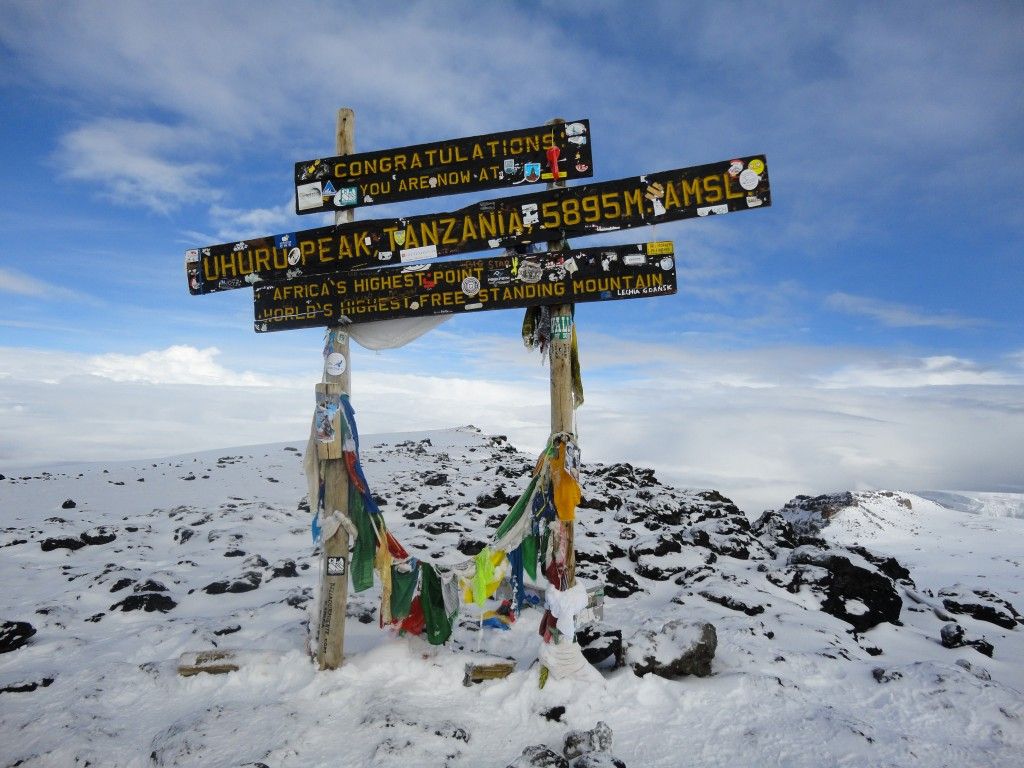Lake Manyara National Park-Tanzania Safari
Lake Manyara is a shallow alkaline lake located in the East African Rift Valley in Tanzania. The lake is situated at the base of the western escarpment of the Great Rift Valley and is part of Lake Manyara National Park. Geography: Location: Lake Manyara is located in northern Tanzania, approximately 126 kilometers (78 miles) west of Arusha. Size: The size of the lake can vary significantly, especially during different seasons. It can cover an area of around 200 to 250 square kilometers. Wildlife and Biodiversity: Birdlife: One of the main attractions of Lake Manyara is its diverse bird population. The lake is home to a large number of water birds, including flamingos, pelicans, storks, and cormorants. Mammals: The park surrounding the lake is inhabited by a variety of mammals, such as elephants, buffalos, giraffes, hippos, and different species of primates, including baboons and blue monkeys. Tree-Climbing Lions: Lake Manyara National Park is known for its unique population of tree-climbing lions. These lions are often spotted resting in the branches of acacia trees. Vegetation: The park around Lake Manyara features a diverse range of ecosystems, including groundwater forests, acacia woodlands, and open grasslands. The diverse habitats contribute to the rich biodiversity of the area. Cultural Significance: The area around Lake Manyara has cultural significance for the local people, including the Maasai community. The park is situated near the Great Rift Valley, which is known for its archaeological sites and fossils, providing insights into human evolution. Tourism: Lake Manyara National Park is a popular destination for wildlife enthusiasts and safari-goers. The park offers game drives, birdwatching, and walking safaris, providing visitors with the opportunity to experience the diverse flora and fauna. Conservation: Lake Manyara and its surrounding park are protected as part of Lake Manyara National Park, established in 1960. Conservation efforts are in place to preserve the unique ecosystems and wildlife in the area. Access: The park is easily accessible from Arusha and other nearby towns. Visitors often include Lake Manyara as part of a broader northern Tanzania safari itinerary, which may also include destinations like Serengeti National Park and Ngorongoro Crater. Lake Manyara and its national park contribute to the overall biodiversity and natural beauty of Tanzania, making it a significant destination for both wildlife conservation and tourism. Enjoy an Array of African Safari Experiences

